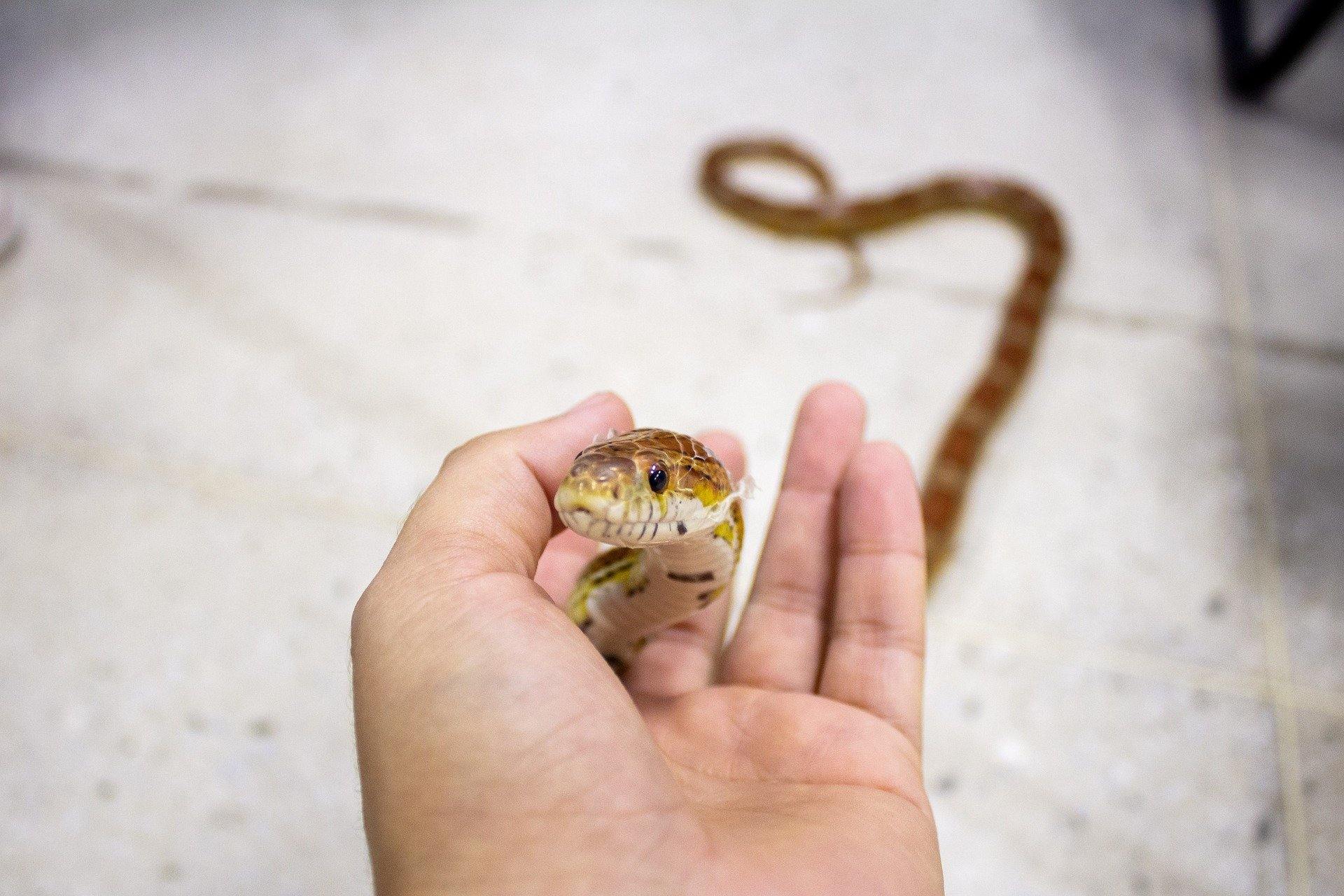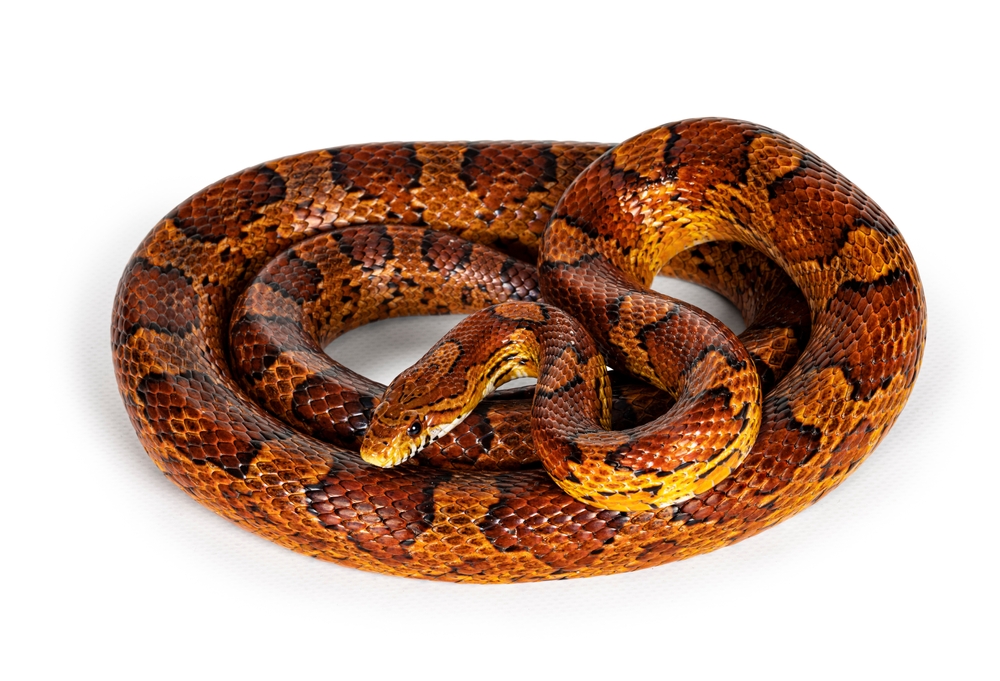Discover Variety: Snake for Sale Directory within your reaches
Discover Variety: Snake for Sale Directory within your reaches
Blog Article
How to Produce the Perfect Habitat for Your Pet Snake
Developing the perfect environment for your animal serpent is vital to guaranteeing its wellness and wellness. From selecting the appropriate unit to supplying the suitable temperature and moisture degrees, there are numerous elements to take into consideration when establishing up a habitat that mimics your serpent's natural environment. By understanding the details requirements of your snake types and executing the essential components in its environment, you can develop an area where your animal can thrive. Allow's explore the essential parts that enter into making the excellent home for your slithery buddy.
Selecting the Right Enclosure
The enclosure offers as the snake's primary habitat, influencing its total health and habits. A general rule of thumb is to provide a habitat that is at least as long as the serpent's length and large enough for it to extend out easily.
In addition, the material of the unit is vital. Units can be made from glass, wood, plastic, or pvc, each with its benefits and downsides. Glass units are prominent as they give good visibility, while plastic enclosures are very easy and light-weight to clean. Wood and PVC units supply exceptional insulation, which is important for controling temperature and moisture degrees within the environment. Inevitably, the enclosure must simulate the snake's all-natural environment as very closely as possible to guarantee its wellness and happiness. snake for sale.
Setting Up Temperature Level and Moisture Degrees
In order to provide a favorable living atmosphere for your family pet snake within the picked room, focus to preserving optimum temperature and humidity degrees is paramount. Snakes are ectothermic creatures, meaning they count on exterior sources to control their body temperature. For many snake varieties, the optimal temperature level arrays in between 75-85 ° F(24-29 ° C) on the cooler end and 85-90 ° F(29-32 ° C) on the warmer end. To achieve this slope, you can make use of home heating pads, warm lamps, or ceramic heaters. It is important to place thermometers at both ends of the enclosure to check the temperature level regularly.
The appropriate humidity degree differs depending on the serpent species, with most calling for degrees between 40-60%. By diligently keeping an eye on and adjusting temperature and moisture levels, you can develop a comfortable and risk-free environment for your precious animal snake.
Giving Adequate Hiding Spots
Making sure the schedule of suitable hiding areas is necessary for producing a hassle-free setting for your pet serpent. To simulate their natural environment, provide at the very least 2 hiding areas in your serpent's enclosure-- one on the warmer side and one on the cooler side.

Choosing the Appropriate Substrate
To Extra resources develop a suitable environment for your family pet serpent, what factors should be considered when selecting the suitable substrate? Selecting the right substrate for your pet dog snake is essential for keeping its health and wellness. When choosing a substratum, a number of elements require to be thought about.
Most importantly, the substratum must mimic the serpent's natural surroundings as carefully as possible. Various snake species have different environment choices, so it is necessary to investigate your particular serpent's natural environment to select an appropriate substrate. Desert-dwelling snakes might call for a sandy substratum, while forest-dwelling serpents may choose a more moist substratum like cypress mulch or coconut husk.
Additionally, the substratum must be risk-free for your serpent. Prevent substrates that can be ingested and create health and wellness issues, such as substratums that are sharp or as well tiny. Select substratums that are non-toxic and simple to tidy to keep a hygienic atmosphere for your pet snake. By carefully considering these aspects, you can produce a comfortable and risk-free environment for your pet serpent.
Offering Proper Lights and Home Heating

When it concerns illumination, snakes have particular lights demands to mimic their native environment. Ultraviolet (UV) lights may be needed for sure snake varieties to help with calcium absorption and vitamin D synthesis. Not all serpents need UV illumination, so it's essential to research your certain snake types' demands.
To offer the ideal balance of illumination and home heating, consider using a mix of overhead home heating lights, heating pads, and thermostats to regulate temperature levels properly. Make certain that your snake's environment has a temperature level gradient, enabling it to relocate between warmer and cooler areas as required. snake for sale. By using appropriate illumination and home heating, you can create a comfortable and healthy environment for your family pet snake
Verdict
To conclude, producing the ideal habitat for your pet serpent involves selecting the appropriate unit, establishing ideal temperature level and humidity degrees, offering appropriate hiding areas, choosing the appropriate substratum, and providing proper illumination and home heating. By complying with these guidelines, you can guarantee that your snake has a healthy and balanced and comfortable setting to prosper in. Keep in mind to on a regular basis change the habitat and check as required to satisfy your serpent's details requirements.
To create an appropriate environment for your pet dog serpent, what variables should be considered when choosing the suitable substratum? Different serpent types have various habitat choices, so it is crucial to research your specific snake's indigenous environment This Site to select a suitable substratum. Desert-dwelling serpents might need a sandy substrate, while forest-dwelling serpents might favor an extra humid substrate like cypress compost or coconut husk.
Not all serpents require UV lighting, so it's necessary to investigate your specific serpent types' demands.

Report this page